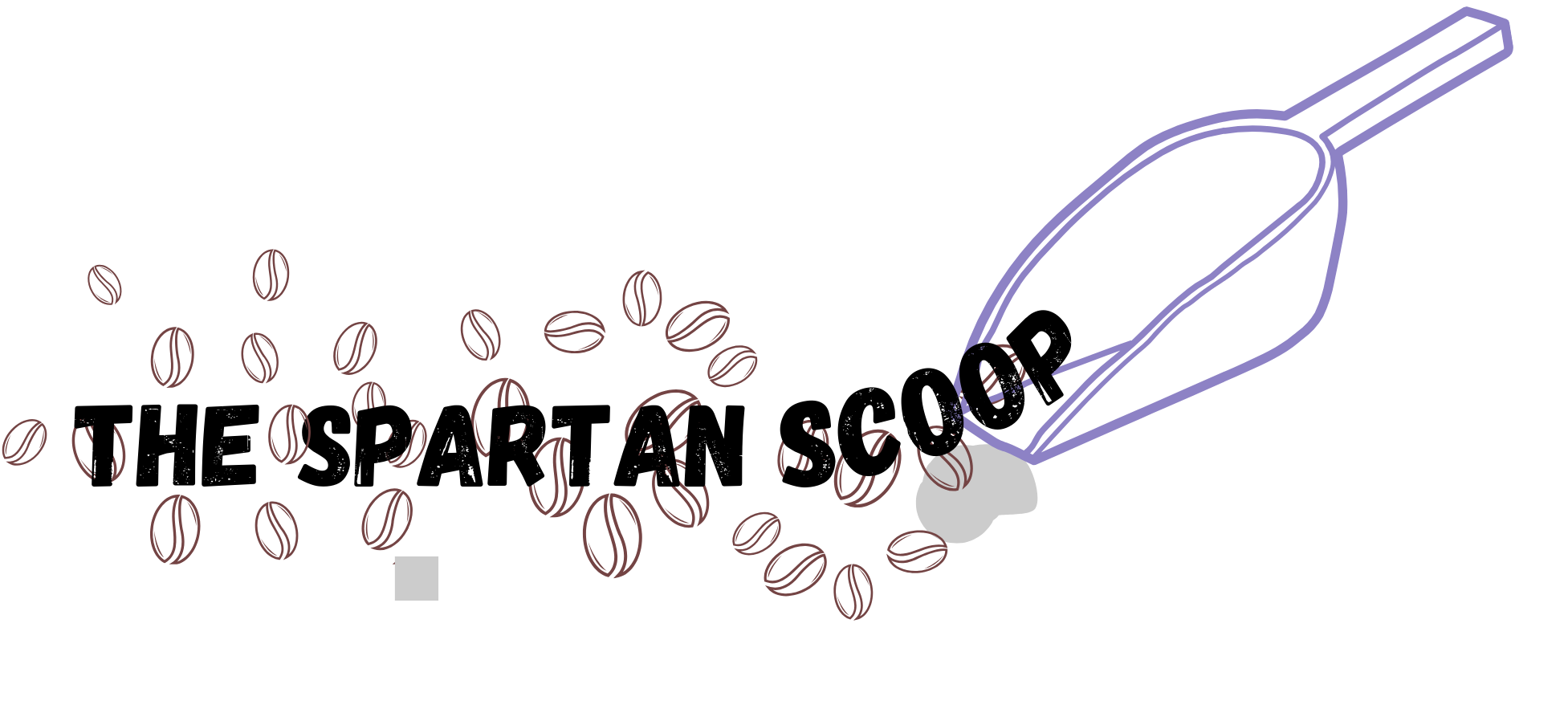Over the course of human evolution, there has been many heated debates over what etiquette rules should be applied to the bathroom.
Should the toilet seat be up or down? How many times can you use a towel? Should the toilet paper be unrolled from the top or bottom? All of these questions will be given an answer based on the only reliable opinion, science.
The most obvious and well known debate is easily the simplest one to provide with an answer: should the toilet seat (the cover that is) be left open or closed when you flush?
The correct answer to this long debated topic is closed, always closed.
The main reason is that this is far more hygienic than leaving the lid open. When the lid is left open the force of the water flushing will send a spray of toxic particles out into the air and onto all of the surrounding surfaces. All bathrooms, public and not, are frankly disgusting places.
This is particularly concerning when it comes to things like toothbrushes, hairbrushes, or any other product that is going on our skin or in a particular orifice.
This spray is dangerous because many harmful bacteria live in toilets and have been known to carry particles that could easily get one sick.
Another reason is that it is safer for kids, pets, or visitors who’s easy access could be deadly and they may not be responsible enough to steer clear of the water. Guests will also find it significantly more polite when it is closed as it displays one’s mindfulness of manners and hygiene.
It is also common to see confusion about how often one should use their bath towel before deciding to wash it.
Healthline suggests that it is best to wash your towel “after three uses” in addition to letting it dry thoroughly between showers before using it again.
Letting it dry is especially important because if a towel does not properly dry, it allows bacteria, fungi, and viruses to nestle inside the fibers of the fabric. These can then cause dangerous infections should the particles breach the surface of the skin through a cut or open wound.
This, however, should not provide any sort of threat if the towels are hung up to dry and the user can maintain routine cleanliness.
If keeping the towels is that important, could the shower require the same treatment?
It may seem like washing your shower curtain and liner would be overkill. This, however, is not the case. Should they be left unwashed, shower curtains will start to carry specks of mildew or pink mold that will only continue to grow until it is properly taken care of.
When it comes to washing the fabric sheet, you will need a laundry detergent and baking soda solution. The plastic liner, on the other hand, can be washed with dish soap and baking soda.
It is also recommended that one wears gloves while doing this in order to properly protect their skin, particularly if it is especially sensitive.
For treating spots littered with mold it is recommended to use a half-bleach half-water solution as it is more effective than simply washing alone.
How often one should be washing their curtains really depends on the overall usage, as well as the ventilation of the room.
Proper ventilation can reduce the need to clean so constantly because of the constant airflow allowing clean air to wash out the dangerous particles, at least for some time.
With this in mind, It is suggested that shower curtains and liners be cleaned anywhere from once a month to once a week.
What about keeping oneself clean in the bathroom? Or, more precisely, when exiting it?
Washing your hands is something we are told to do from the moment we are born. We are told to clean our hands before we eat, when coming home from school, and especially after using the bathroom. Despite it being such a common part of society, studies have shown that some may not wash their hands as often as they should.
The New York Times released a statistic showing that a supposed ninety-one percent of people claimed to wash their hands after using the public restroom. However, when the same subjects were observed it was shown that around eighty-two percent stayed true to this statement.
The hands of humans are already so incredibly filthy, and washing one’s hands takes up only sixty seconds out of the eighty-six thousand four-hundred that are included in just one day.
And if this was the behavior demonstrated in the public restroom, imagine how the number of unwashed hands would increase if the subjects were placed in the comfort of their own home.
Not washing your hands is quite rude to other people as the bacteria you would be spreading from your hands has the chance to infect thousands of other people. This is especially concerning in public spaces that could be reached by young children. Washing your hands is truly the better option any day and should be made a habit as soon as possible.
Finally, the everlasting debate, should the toilet paper be unraveled from the top or from the bottom?
Some may think that this topic is completely a matter of opinion and preference. This is, however, a common misconception as there is indeed a right and wrong way.
It has been shown that it is best to have the toilet paper over instead of under as it will only touch your fingers. The less it touches the lesser chances it has of being contaminated with bacteria.
It will also keep one from touching the same paper other people may have touched. This should always be kept in mind especially when using public bathrooms.
All bathrooms, public and not, are frankly disgusting places. The more often things are kept properly clean the better it will be, not only for those living there, but also for any guests who may happen to use the restroom as well.
There are numerous benefits to keeping everything clean. If it is in any way possible, they should be used at any and all opportunities.




